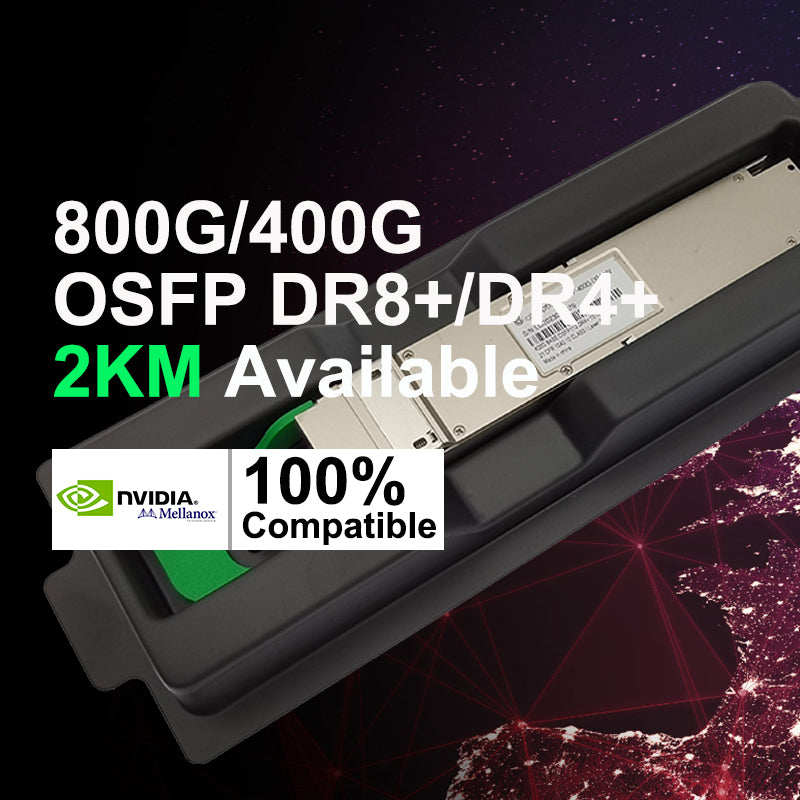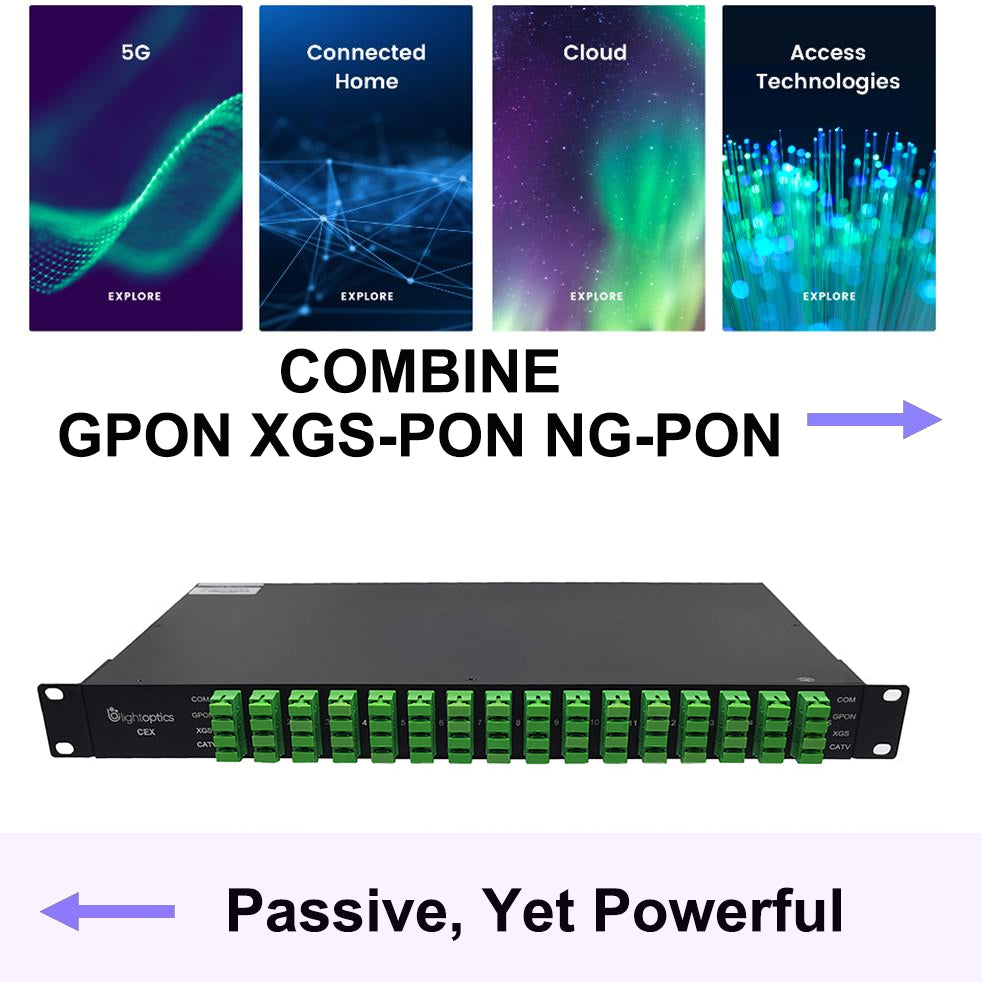The Role of Transponder and Muxponder in Fiber Optic Network
Enterprise data centers and service providers are facing increasing demands for low latencies, data security, higher speed and longer transmission distance in networks. Both transponders and muxponders are key components for enhancing their networks by meeting those demands. In Optical Transport Network (OTN), both of them belong to the optical transform unit (OTU)/ wavelength conversion unit.
What is Optical Transponder?
Optical transponders are often adopted to extend the optical transmission distance by wavelength conversion. Optical transponders are often adopted to extend the optical transmission distance by wavelength conversion. Transponders are an important component in DWDM (dense wavelength division multiplexing) systems, as they extend network distance by converting short reach optical interfaces of LAN and SAN switches and routers into wavelengths. They also work as the demarcation point between the optical transport link and LAN, SAN, SDH and video equipment.
A transponder can eliminate the need for generators by mapping the signals into standard OTN which supports forward error correction (FEC) in long-haul and metro amplified links. Optical transponders are usually classified according to their data rates and signal transmission range. Carriers, ISPs and other industries often deploy transponders to build their carrier-grade backbones and DCI networks, or for providing managed services to enterprises.

What is Optical Muxponder?
Similar to a transponder, a muxponder is also an element for sending and receiving the optical signal from a fiber. However, a muxponder also has the capability to combine multiple services into a single wavelength by multiplexing several channels to a higher order signal. This enables more efficient use of the fiber than a transponder but it also means that muxponders can be used even when there are not any DWDM transceiver options. For instance, multiple 32G or 40G signals can be combined onto a single 100G or 200G output. In fiber optical communications, muxponders can combine multiple services into a single wavelength/uplink by utilizing ITU optical transport network (OTN) protocol for mapping the services over the same uplink. A muxponder can maximize the fiber capacity by reducing the number of wavelengths that are needed to transport data, enabling more efficient use of fibers and making them ideal for future network growth.

Main Difference Between Transponder vs Muxponder
Transponder
N in N out: N* Low-speed client-side services ==> N* Standard wavelength optical signal.

Muxponder
N in One out: N* Low-speed client-side services ==> 1* High-speed standard wavelength optical signal.

In fiber optical communications, both transponders and muxponders are the elements that receive and send the signals over the fiber. Muxponders combine multiplex low-capacity services into a single high-capacity wavelength/ uplink. Transponders convert each optical signal from the customer equipment to a wavelength.
The main difference between muxponders vs. transponders is that muxponders have the additional capacity to combine multiple services into a single wavelength by multiplexing several channels to a higher-order signal, which enables more efficient use of fibers than a transponder.
Finding the Right Transponder-Based Solution for Your Needs
Whether you need transponders and what transponders you need is highly individual. Start with a needs analysis: What switches and transceivers do you use? What speeds and distances will you need to cover? What other requirements do you have?
LightOptics provides the best 10G /25G/ 100G/ 200G transponders, together with professional chassis and accessories to meet all your needs.
LightOptics transponders and muxponders based on the Dynamic Connectivity Platform (DCP) can be used in any combination alongside embedded DWDM transceivers for flexible networking. With an M-Series intelligent multiplexer as the open line networking element, all traffic types can be combined together from throughout the data center on to a DWDM network. If you have any further questions about transponder or muxponder, you can always get in touch with www.lightoptics.co.uk staff via sales @lightoptics.co.uk.












